What kind of water can be poured into the iron and what kind of water can I not?
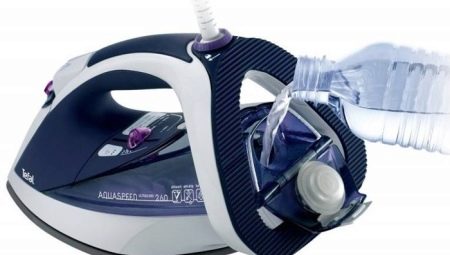
The function of steaming laundry appeared in electric irons in the second half of the last century. Until that time, wet gauze or a sprayer was used to moisten things, which was not very convenient and did not allow high-quality ironing of clothes in hard-to-reach places.
Today, irons equipped with a water reservoir are available in a wide range, and need to use a high-quality liquid.
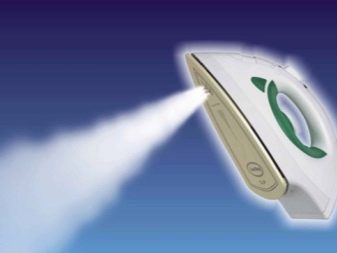
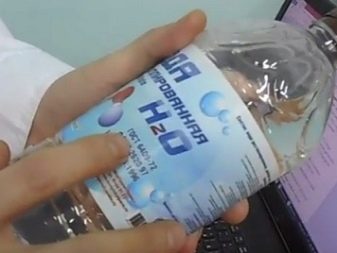
Steaming features
Irons with steamers have become a part of modern everyday life, and today it is difficult to imagine how people used to do without them. The principle of operation of such a device is quite simple: the liquid from the reservoir enters a flat container located immediately behind the sole of the iron, instantly heats up, and steam comes out through the numerous holes located in the sole. Further, during the ironing process, the steam penetrates into the fibers of the fabrics and moisturizes them.
As a result of thermal exposure, wet matter begins to actively evaporate water, due to which the friction between the fibers is noticeably reduced and the fabric begins to straighten. In addition, many modern models are equipped with a vertical steaming function that allows you to tidy up exclusive tailoring, such as tiered wedding dresses, coats and suits.

Influence of fluid quality on the condition of the device
According to the instructions supplied with the appliance, it is recommended to use tap water to steam clothes.However, modern realities are such that often water intakes are not able to provide the consumer with high-quality drinking water.
In some regions of our country, tap water is more suitable for technical needs than for drinking, which is why people are forced to buy bottled water or use filters.
In this regard, recommendations for using tap water for irons cannot be taken literally: they are often written by manufacturers from other countries who do not have the slightest idea about the quality of drinking water in many regions of the country.
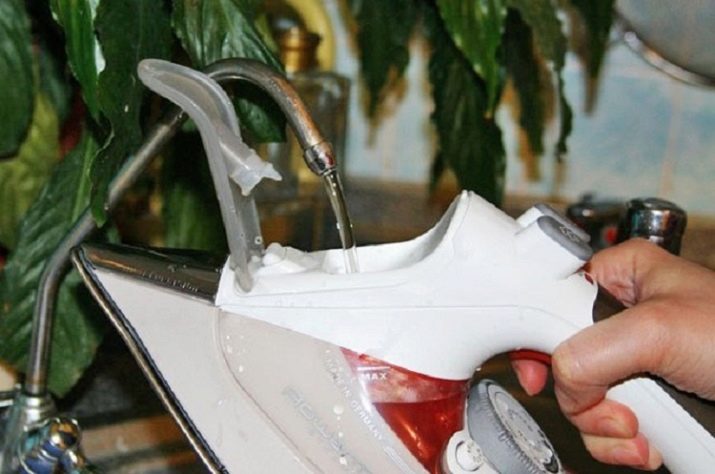
The most common reason for banning tap liquids is their increased hardness. Hard water contains a large amount of mineral salts and lime, which is why it quickly precipitates and leaves a lot of scale behind. Scale, in turn, clogs the steam holes, and over time can lead to clogging of the entire steaming system, up to and including its failure. In addition, high chalk content in the water can lead to whitish streaks on clothing, which will be especially noticeable on dark fabrics.
Numerous reviews and comments of consumers forced many foreign manufacturers to equip irons with a filtration system and cartridges to reduce the hardness, and some especially eminent companies have even provided a self-cleaning function in their devices. However, not everyone can purchase such an advanced model, so the issue of water quality for an iron remains quite relevant.
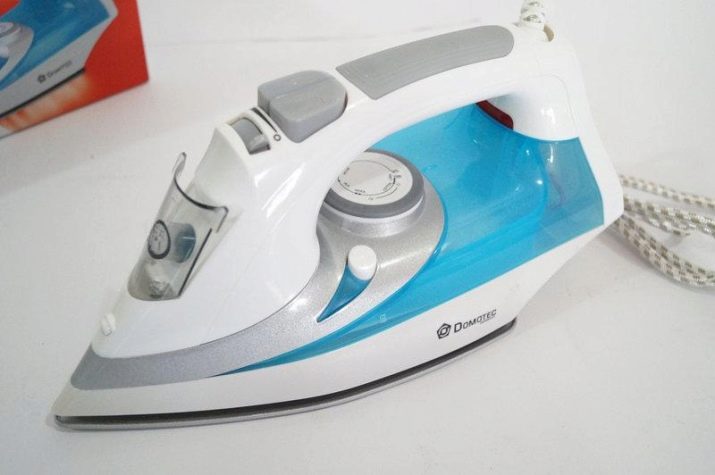
What kind of water to use?
Before determining which water can be used for the iron and which not, it is necessary to consider the properties of each type, and only then draw the appropriate conclusions.
Boiled
This water is not an ideal steamer fluid, as most of the salts remain unchanged even after boiling. However, it is still possible to reduce the negative effect of boiled water on the iron parts. To do this, it is required to dilute it with demineralized liquid in a 1: 1 ratio.
The mixing procedure will save money on the purchase of special water and will protect structural elements from excessive scale formation.
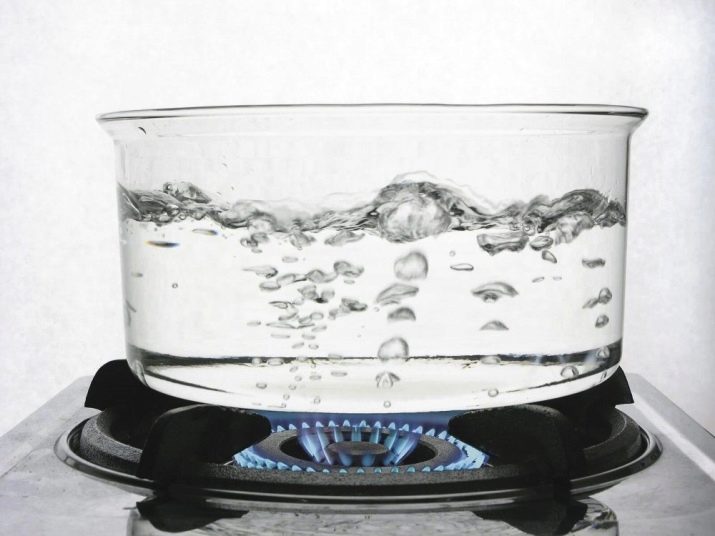
Special
This liquid appeared on the shelves of household appliances stores relatively recently and immediately gained popularity. The use of such water completely eliminates the formation of scale and the appearance of white spots on clothes. Specialty water is often flavored and comes in a wide range of aromas. Steaming clothes with an aromatic agent gives things a light pleasant smell that lasts for a long time on the fabric. However, using eau de parfum should be very careful.
The fact is that it contains a large amount of mineral components and synthetic fragrances, and when the liquid is heated to a vapor state, essential oils can cause streaks and stains on clothes. However, the purchase of this kind of liquid imposes additional costs, and does not allow to regard it as the only suitable tool for use.
Not every consumer is ready to pay for the purchase of specialized formulations, therefore, in this case, only publicly available types of water and methods of purification should be considered.
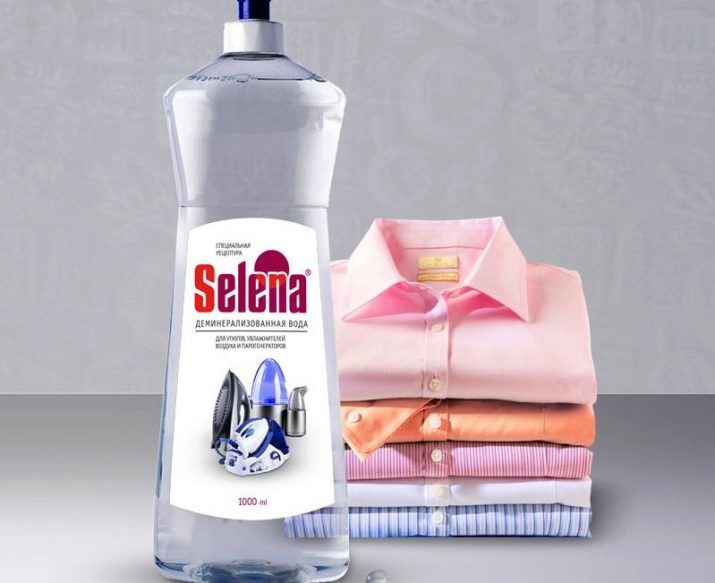
Melt and well
These types of water are not a good way to refill your iron. This is due to the presence of a large amount of mineral and organic compounds in them, which is fraught with the appearance of stains on clothes and scale.
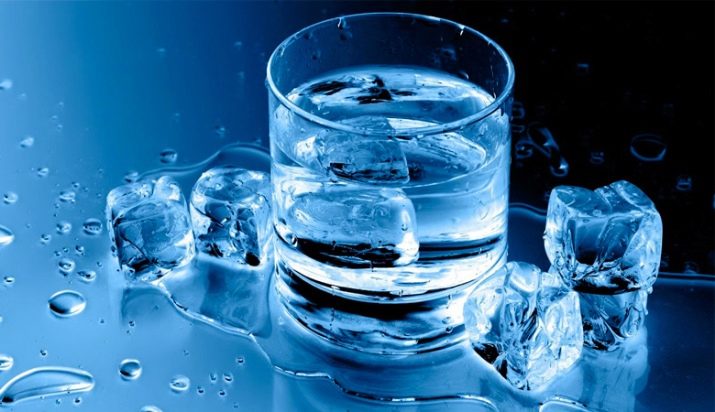
Distilled
Such water becomes the subject of frequent debate about the appropriateness of its use for the iron. Some argue that the liquid is completely free from salts and harmful impurities, and is not capable of harming clothes and electrical appliances.Another point of view boils down to the fact that water, devoid of most of these most harmful salts, cannot boil on time and has a boiling point that is too high.
As a result, the device spends additional energy to boil it, which from the standpoint of rational use of resources looks inappropriate. In addition, the slow evaporation of water often melts the silicone shell inside the evaporator. The truth, most likely, lies somewhere in between.
Many experts recommend mixing distilled water with ordinary tap water in a 1: 2 ratio, and safely use it for a steamer.
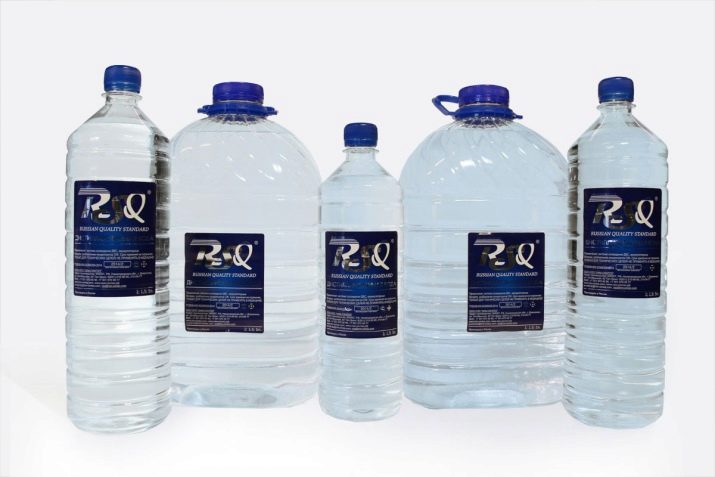
Cooler water
She, like table bottled water, is not suitable for refueling the iron. This is due to the high mineralization of the liquid and the risk of plaque appearing on the sole of the device.
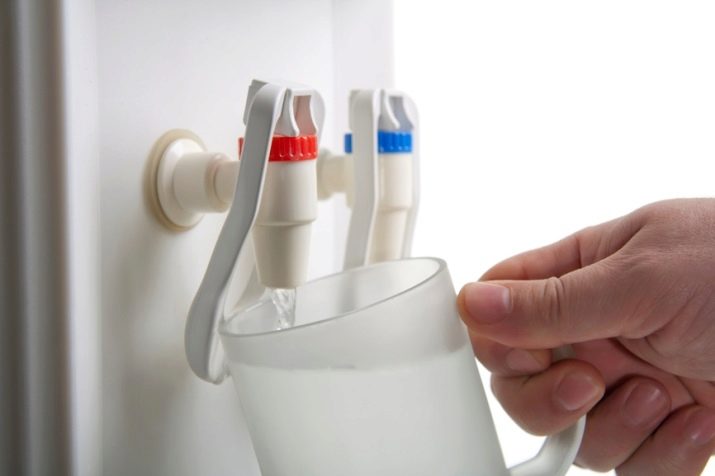
Tap water
It can be used for steam generators with only one condition: it, like boiled one, must be mixed with demineralized liquid in equal amounts. In addition, it will be correct to fill in only warm liquid.
Using hot water often results in stubborn stains on clothing.
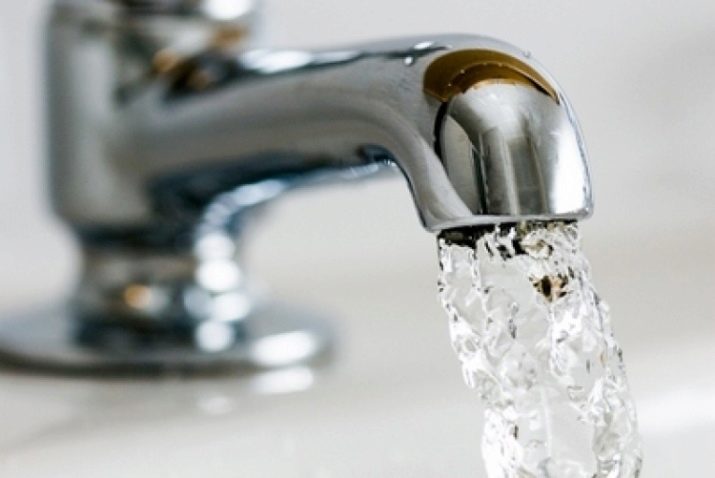
Filtered
Filtered tap liquid is ideal for your iron. It contains the optimal amount of salts, which allows it to boil on time and does not form scale and stains on clothes.

Useful Tips
In order for the iron to serve as long as possible, you need to periodically rinse the container at home. To do this, dilute one and a half tablespoons of vinegar in a glass of water, pour the solution into the iron, turn off the steam function and turn it on. After the iron heats up, you need to leave it for a few minutes, and then drain the solution. Steam cannot be turned on with this cleaning method.
See the next video for more tips.








